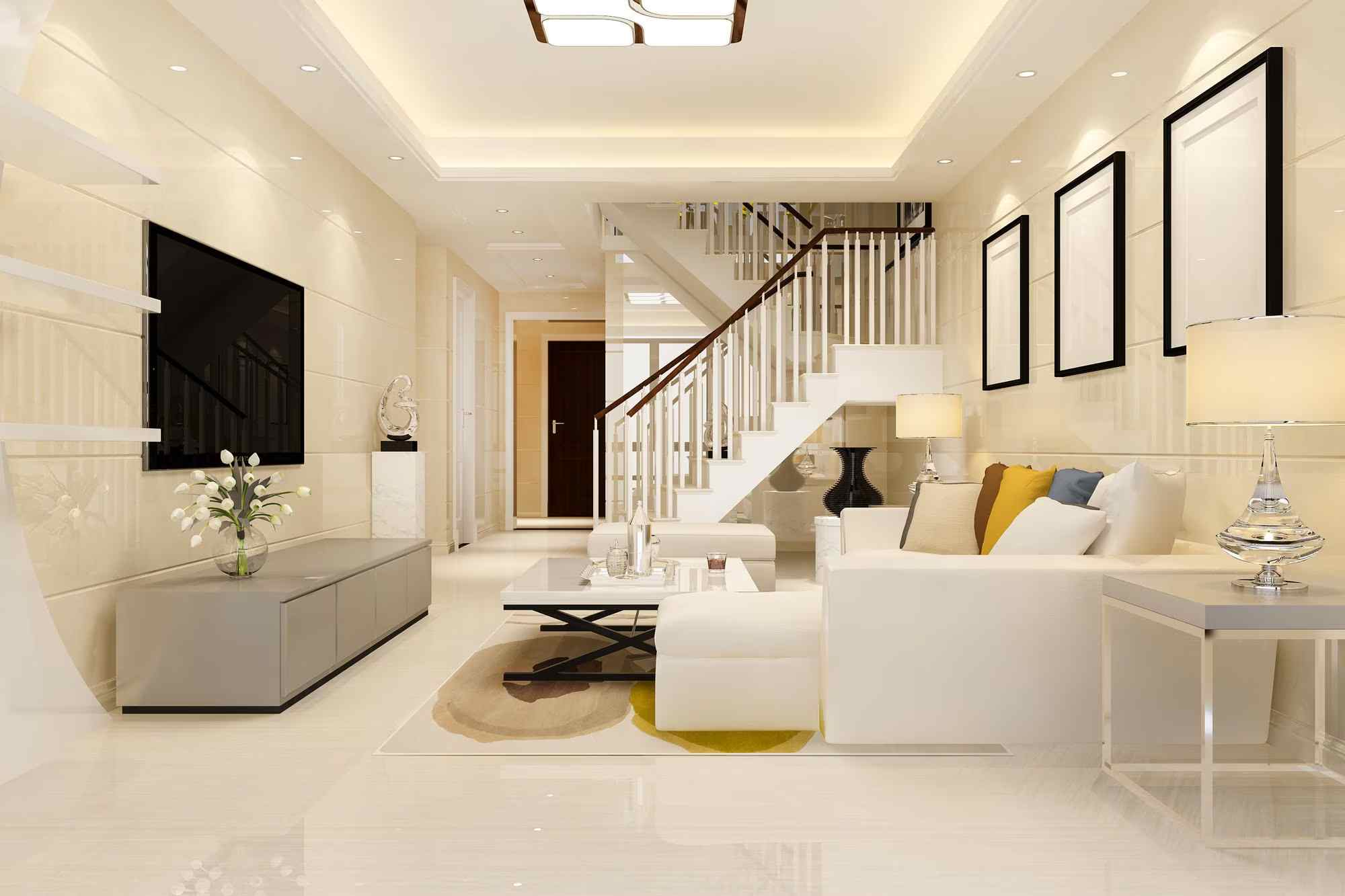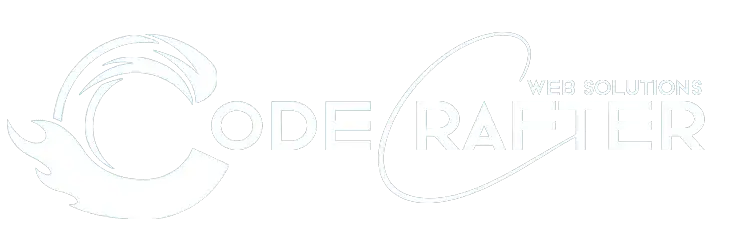
Publish Date: 2025-05-24
Interior Design Trends: What's In and What's Out in 2025
Introduction
Interior design, like fashion, is constantly evolving—reflecting shifts in culture, lifestyle, and environmental consciousness. In 2025, we're seeing a dynamic blend of bold self-expression and thoughtful sustainability. Some old favorites are making way for new design philosophies that better align with the needs of the modern homeowner.
Here’s a breakdown of the top “in” and “out” trends shaping the world of interior design this year.
✅ IN: Maximalism – More Is More
After years of minimalism dominating the design landscape, maximalism is having a major moment in 2025. This design philosophy embraces abundance—bold color palettes, layered textures, eclectic patterns, and personal expression.
Key Features:
-
Vibrant, saturated wall colors like emerald green, deep navy, and terracotta.
-
Pattern mixing—florals with stripes, geometrics with abstract prints.
-
Layered elements such as gallery walls, vintage rugs, and bookshelves overflowing with character.
-
A curated yet collected feel, where each object tells a story.
Maximalism invites individuality and creativity. It’s about expressing personality over perfection, making rooms feel lived-in and meaningful.
❌ OUT: Matchy-Matchy Decor
The once-popular practice of coordinating everything—from furniture sets to textiles—is fading fast. In 2025, uniformity feels flat, and design is shifting toward a more collected, curated look.
Why It’s Out:
-
Perfectly matched decor lacks depth and can make a space feel like a showroom.
-
It limits creative expression and personal character.
-
Over-coordination often feels overly formal or dated.
Instead, designers are mixing eras, materials, and styles to create environments that feel authentic, warm, and layered. For example, pairing a sleek modern sofa with a rustic reclaimed wood coffee table instantly adds contrast and soul.
✅ IN: Sustainable Materials – Design with Purpose
Eco-conscious design is no longer a niche—it’s a necessity. In 2025, designers and homeowners alike are making sustainability a core principle, not just a trend.
Popular Sustainable Materials:
-
Reclaimed wood for furniture, beams, and flooring.
-
Bamboo and cork as fast-growing, renewable resources.
-
Natural stone like slate and limestone, which are long-lasting and low-impact.
-
Organic fabrics such as linen, cotton, and wool for upholstery and drapery.
Choosing sustainable materials isn't just good for the planet—it creates interiors that feel grounded, textural, and timeless. Designers are also prioritizing locally sourced products to support communities and reduce carbon footprints.
❌ OUT: Fast Furniture – The End of Disposable Design
Mass-produced, low-cost furniture (often referred to as "fast furniture") is rapidly losing appeal. These items, while convenient, are typically short-lived, environmentally harmful, and contribute to landfill waste.
Why Designers Are Moving On:
-
Low durability leads to more frequent replacements and long-term costs.
-
Lack of uniqueness makes interiors feel generic and impersonal.
-
The environmental impact of fast furniture production and disposal is significant.
In 2025, there’s a stronger focus on investment pieces—furniture made with craftsmanship, quality materials, and enduring style. These pieces may cost more upfront, but they offer long-term value and sustainability.
Conclusion
Interior design in 2025 is about making thoughtful, expressive, and sustainable choices. The rise of maximalism encourages bold individuality, while the shift away from fast furniture and matchy-matchy styles embraces authenticity and longevity. Meanwhile, sustainable materials reflect a growing awareness of our responsibility to the environment.
By following these evolving trends, interior designers can create spaces that are not only stylish and functional but also deeply personal and future-focused.

